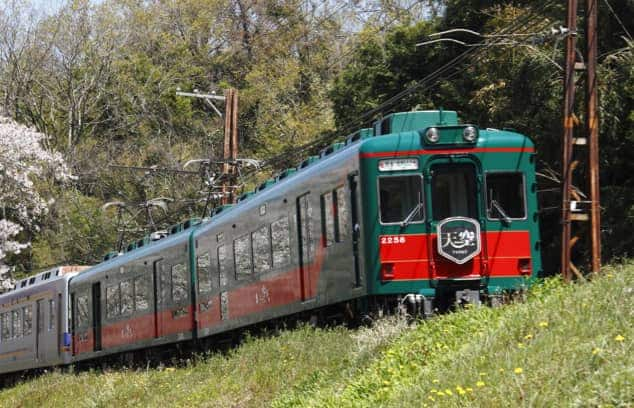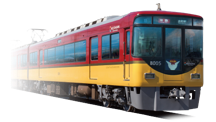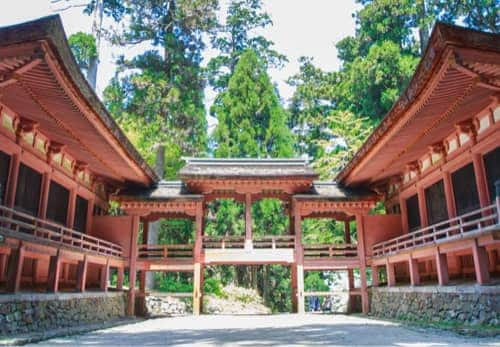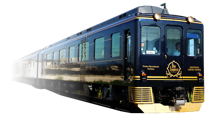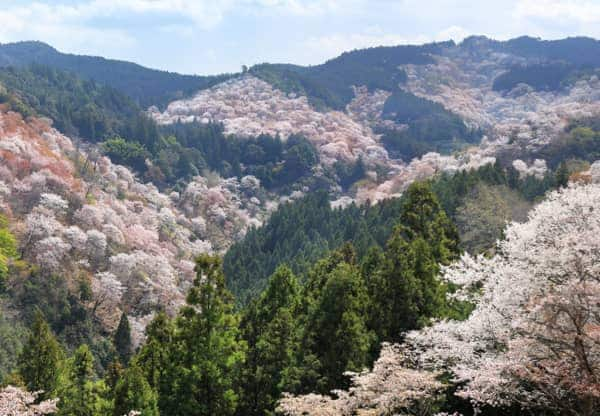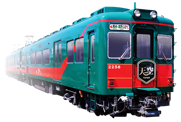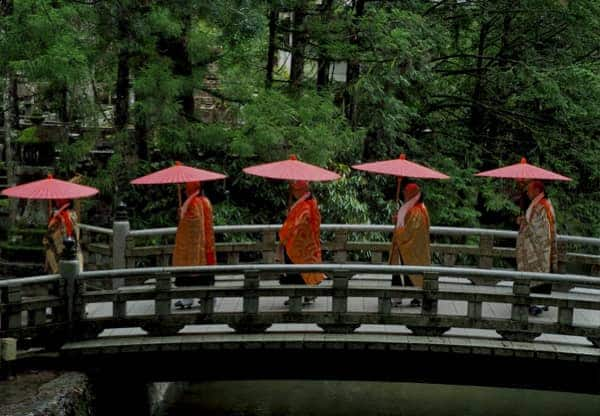Okuno-in Cemetery
Okuno-in Cemetery is one of the most important sacred sites of Koyasan, and is the place where Kukai is enshrined. The scenery along the approximately 2-kilometer long path from the Ichi-no-hashi Bridge to the Gobyo Mausoleum is unique to Koyasan. The path is lined with giant Japanese cedars, many of which are more than 400 years old, as well as over 200,000 memorial tombs.










